2022 KTM RC 390 Review: First Ride
The second-gen KTM RC 390 is relatively more civilised on the outside than its predecessor, but it’s still a wily old campaigner at heart. We got to take the all-new version for a quick spin at Bajaj's R&D test track at Chakan.
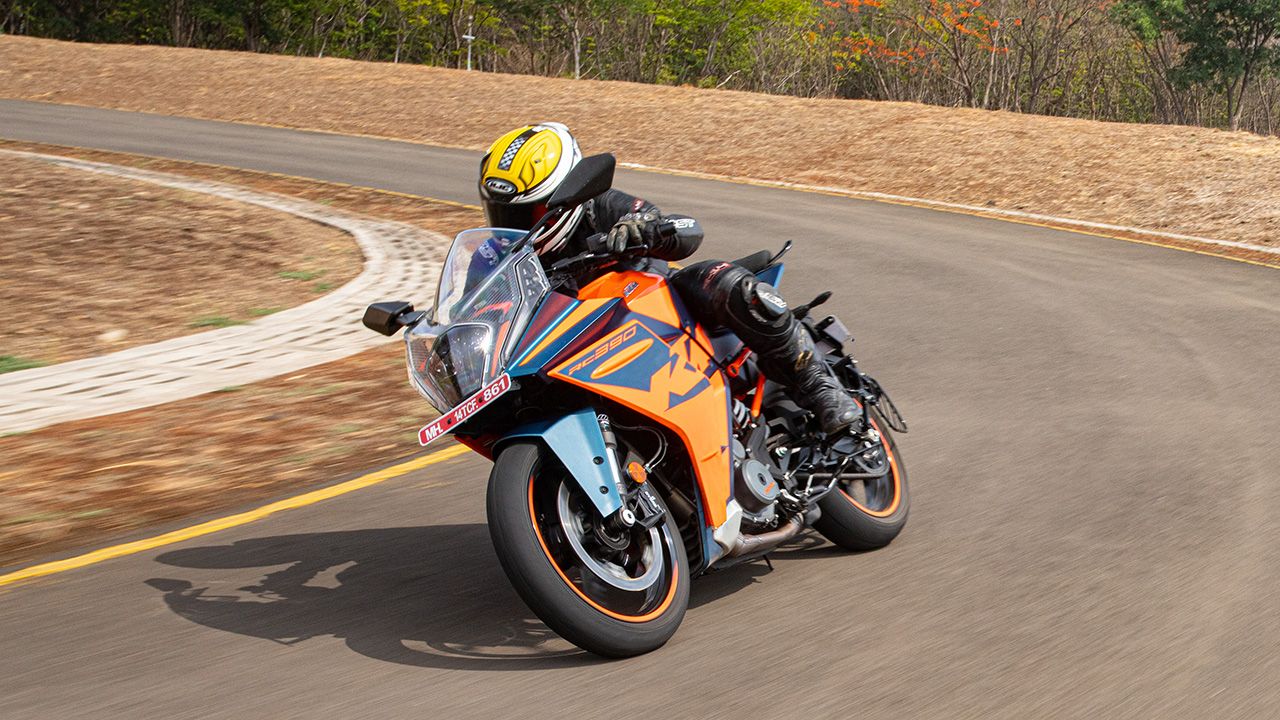
The second-gen KTM RC 390 is relatively more civilised on the outside than its predecessor, but it’s still a wily old campaigner at heart.
KTM is a brand that’s always ‘Ready to Race’. Small wonder then that the Austrian bike maker has a reputation of being hyper all the time. Not to mention, its recipe for delivering feverish performance at affordable costs has worked wonders for it in India. Every 18-year-old today lusts over KTMs like a blood-thirsty vampire.
For years, KTM has only been catering to motorcyclists who want to keep the throttle on the boil all day, every day. However, now the company is slowly, but steadily, realising that it’d be good to have a more balanced approach. So, with the new 2022 RC 390, it has decided to tone down the aggression a bit but without losing the explosive character of the bike. Has it worked? To find that out, we were invited to Bajaj’s test track at Chakan (Pune), where KTM officials let us loose on the new RC 390 for half a day. So, here’s your answer…
Less Edgy, More Steady
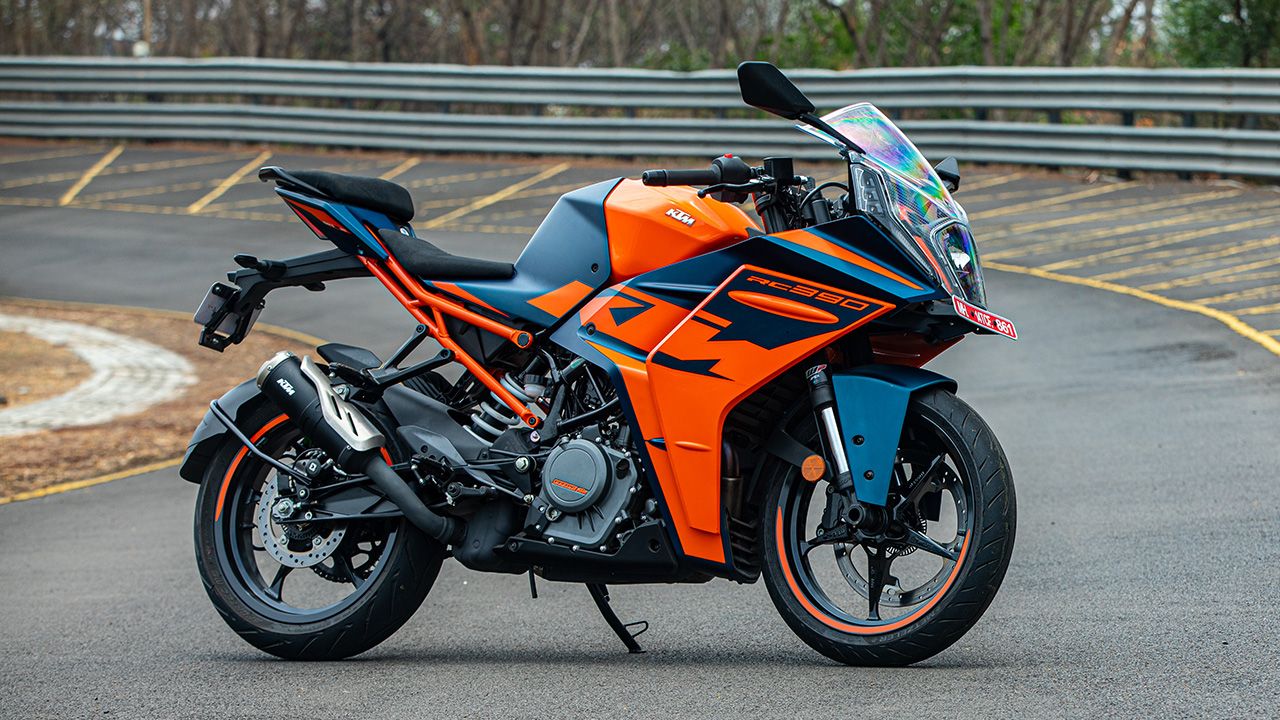
As soon as the first pictures of the second-gen RC 390 emerged, the internet went into a bit of a frenzy. Armchair enthusiasts rambled on and on about the bike’s strange look and how KTM had absolutely ruined it. While I wasn’t as vocal as others in my criticism, I did, in fact, wonder – why would they do that? You see, the outgoing RC 390’s sharp design screamed its racy and sporty intentions. But the new one… well, it looks somewhat of a softy, especially from the front. The aggression is gone, thanks to the front fairing that dons a bubble windshield and a single-unit LED headlamp. However, while it does look odd in pictures, it’s not an eyesore in reality. In fact, I like some of the details on the new bike, like the flush-fitting indicators and the placement of the new mirrors. More importantly, these styling updates are a case of form-following-function. KTM says the new fairing makes the motorcycle more slippery, resulting in better aerodynamics efficiency – something that’s also reflected in its top speed, which is in excess of 170km/h now.
While the front end is polarising, the rest of the design is cohesive – frankly, the bike looks hot from the sides and the back. The MotoGP-inspired Aquatic Blue and Orange paint scheme is smashing, while elements like the star-design alloy wheels and the new split-trellis frame make the RC look more substantial and more big-bike-like than before.
But that’s not all – the RC 390 is now 3.5kgs lighter (dry weight) than the previous version. Most of the weight savings have been achieved by reducing the unsprung mass. The wheel and brakes are lighter, while the axle clamps are hollow instead of solid. The fuel tank is larger by 30%, resulting in a net capacity of 13.7 litres. Because of the bigger fuel tank, the kerb weight is 172kgs, which makes it a kilo less than the old bike.
There’s more equipment on offer too. The RC 390 finally gets a colour TFT screen – the same that does duty on the 390 Duke and Adventure. What’s more, it’s got a bi-directional quick-shifter and a three-axis IMU-based electronic suite, which supports cornering ABS and traction control. There’s even Supermoto ABS mode. Overall, the feature list is quite impressive, making it a true mini-sports bike in every sense of the term.
The Taming of a Beast
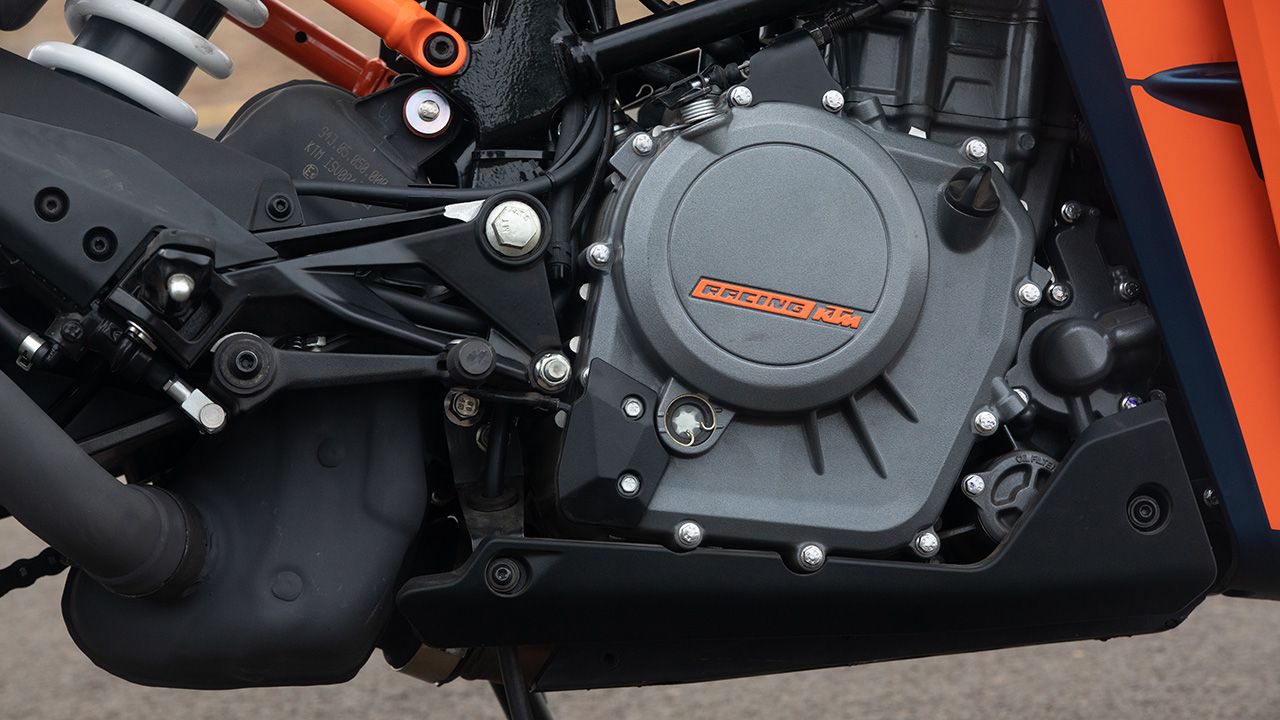
The RC 390 continues with the same 373cc single-cylinder engine as the outgoing BS6 version, although it now comes with a 40% larger airbox. According to KTM, the updated intake manifold provides more grunt at low engine rpm, making the motor more useable for daily riding. The total power output is identical to that of the new version – 42.9bhp @ 9,000rpm – but the torque has gone up by 1Nm, making it 37Nm @ 7,000rpm.
There may not be a significant bump in the power output, but at no point do you feel that it needs any more than what’s on offer. This motor is an absolute hoot, and the acceleration is simply blistering! There’s definitely more poke at low rpm now, and the mid-range is punchy, albeit a bit linear. The top-end performance is strong too, but the motor no longer has the mad surge that it used to have earlier. In the old bike, you’d find a clear surge in acceleration once the engine revved past 5,000 – 6,000rpm. But ever since the BS6 update, it’s become a little subdued at high revs, and the power delivery isn’t wild anymore. That said, there’s hardly any change in the performance – the only change is in the engine’s behaviour, as it has become a bit tamed now. On the back straight at Bajaj’s test track, it could hit indicated speeds of over 170km/h without any trouble. What’s more, even vibrations are well-contained now.
In typical KTM fashion, the gearing is short, which helps you stay in the meat of the powerband all the time. The quick-shifter works smoothly for the most part, but it’s not always perfect with its transitions. The traction control, however, works really well. It’s a sophisticated piece of tech and isn’t intrusive at all.
Lither, Meaner, Faster

One thing that KTM couldn’t stop harping on during the product presentation was that the new RC is more practical and useable. Or, in simpler terms, it’s not as racy or committed as the outgoing model. And that’s true. KTM has made a number of changes to make the RC easier to live with on a daily basis. The clip-on bars have been raised by 14mm on the India-spec model – they can be lowered using a spacer set, though. The fuel tank is designed to give the rider more support and grip, while the seat has 50% more padding, meaning it doesn’t feel like a piece of cardboard anymore. Despite the changes, the seat height is unchanged at 835mm, making it non-intimidating for both beginners and short riders.
On the move, you can immediately feel the RC no longer feels cramped – the rider triangle is relaxed, and you aren’t putting all your weight on the wrists. However, the changes haven’t turned it into a lousy handler. In fact, thanks to the reduced unsprung mass, the RC is even sharper and more agile than its predecessor. The handling is simply impeccable – tip-in is quick, mid-corner stability is stellar, and the bike tracks corners like a surgeon’s scalpel. And it’s even more impressive during side-to-side transitions. It changes direction swiftly but never feels twitchy. To sum it up, the new RC is effortless, friendly, and unflinchingly good.
The new brakes need a special mention too. The braking performance is more than satisfactory, and the feedback through the lever is very good. The traction control and ABS are well-calibrated too. You can immediately feel the electronics work their magic around corners as the RC 390 offers a more confidence-inspiring and sophisticated riding experience than earlier.
The rubber on the RC is still made by Metzeler, but it doesn’t use the grippy W-rated compound anymore. Instead, the RC now gets H-rated tires. For most riders, these tires will do the job just fine. But if you’re more of a track rider and are always at the limit of adhesion, you’ll be left wanting more.
I can’t comment on its ride quality/comfort as of now, but given the changes and 10mm more travel in the WP Apex front forks than that of the old bike, it’s likely to be relatively more comfortable on public roads.
Verdict

The primary aim of the new RC 390 is to be a more mature, manageable, and comfortable motorcycle than its edgy predecessor, which was a bit of a wild child. And it’s fair to say that KTM has successfully done that. The 2022 RC 390 is an overall better and more evolved machine in comparison to the first-gen model. It no longer feels like a restless beast that’s always raring to go. There’s a clear change in attitude. And while it may deter a handful of purists, there is no doubt that it also makes the RC 390 an overall more potent package. At the same time, it’s also worth reminding that the new bike isn’t really a softy. It’s still a brutal, albeit scaled-down, sports bike – one with better anger management skills.
As a product then, the RC 390 scores well in all departments, except the price, perhaps. At Rs 3.14 lakh, the new version demands Rs 30,000 more than the model it replaces, and around half a lakh more than its direct rival – the TVS Apache RR 310. Quite a hike for sure. Now, of course, the RR310 doesn’t have fancy electronics or a firecracker of an engine like that of the RC, but then it comes with fully adjustable front and rear suspension and is shod with better tyres. That makes a huge difference to someone who’s looking to hone their track riding skills without compromising the on-road comfort and practicality. KTM can (and most likely will) offer fully adjustable suspension on the RC 390 soon – it’s already offered in the global-spec version – but that will jack the prices further up. So, it’s not going to be an easy fix for KTM to justify that sort of premium on a bike that’s already very pricey.
All said, though, KTM may have missed a few tricks with the new RC 390, but I still see a lot of value in it. As far as I’m concerned, it’s the perfect sub-500cc track bike, which has now got big bike tech, and its performance is as explosive as ever. And if you’re someone who’s more into riding flat-out, the RC 390 will not disappoint you. Sure, it may no longer have its predecessor’s track-only mind, but the ‘Ready to Race’ KTM DNA is still intact.
Also read,
KTM RC390 launched in India and it’s much more expensive than before
2022 KTM RC 390 vs TVS Apace RR 310 vs Kawasaki Ninja 300: Spec Comparison
Engine: 373cc / Single-Cylinder / Liquid-Cooled
Transmission: 6-Speed
Power: 43bhp @ 9,000rpm
Torque: 37Nm @ 7,000rpm
Price: ₹3.14 Lakh (Ex-Showroom)
X-Factor: Still the most power-packed entry-level sports bike on sale, but it’s not a one-trick pony anymore.
|
Pros |
Cons • Tyres
|
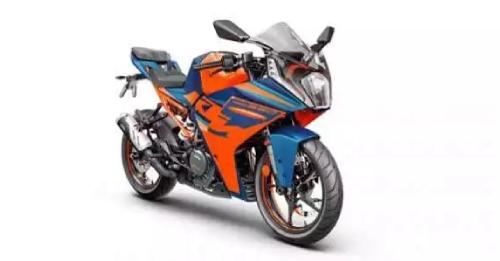
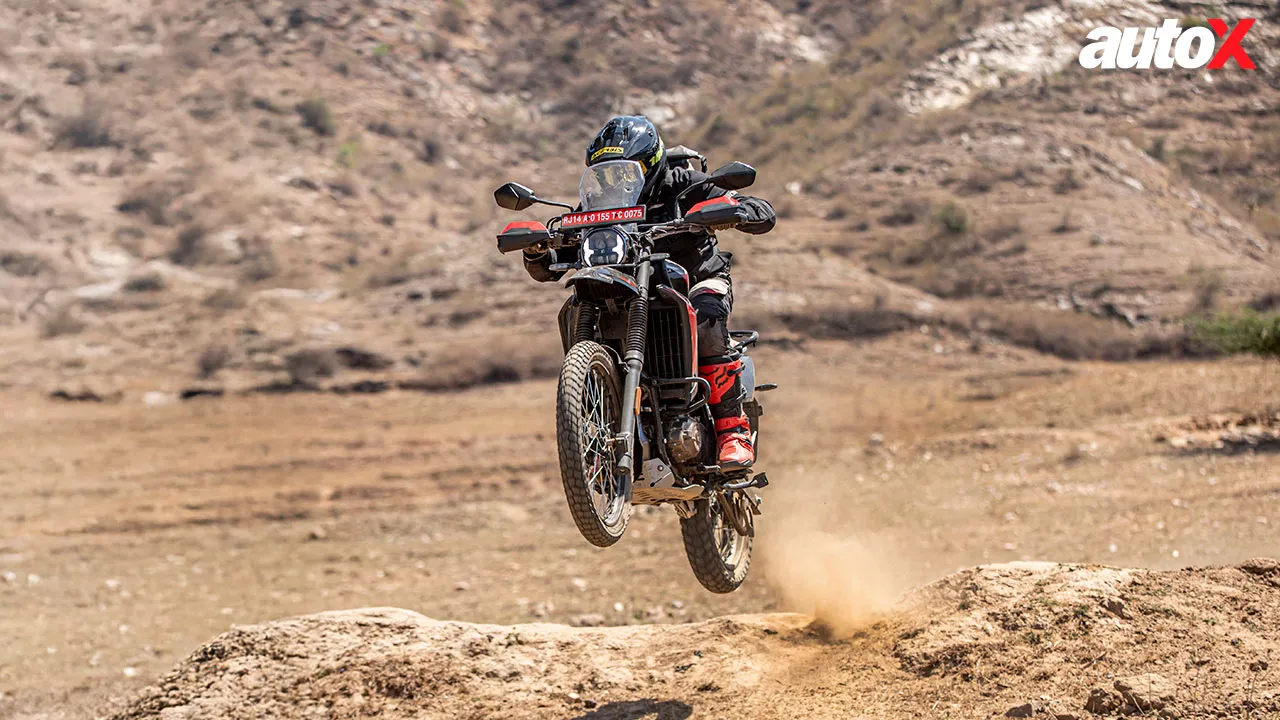
-(1).webp)
-(1).webp)
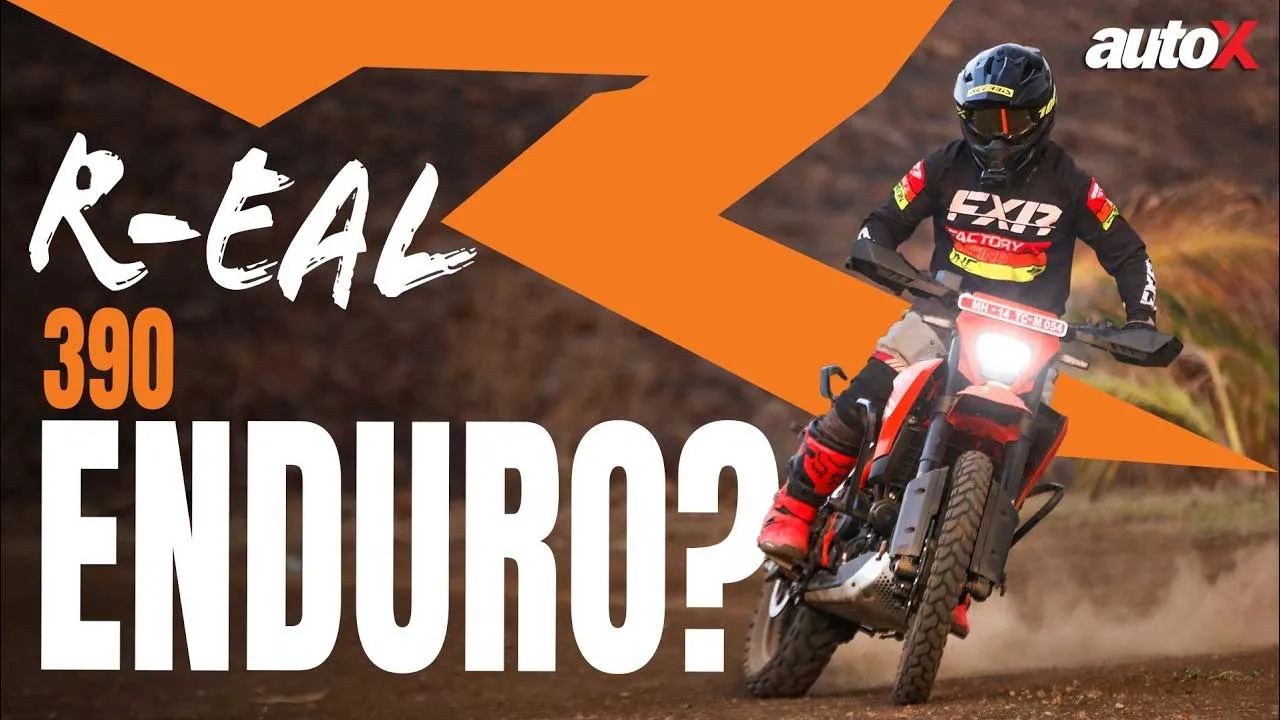
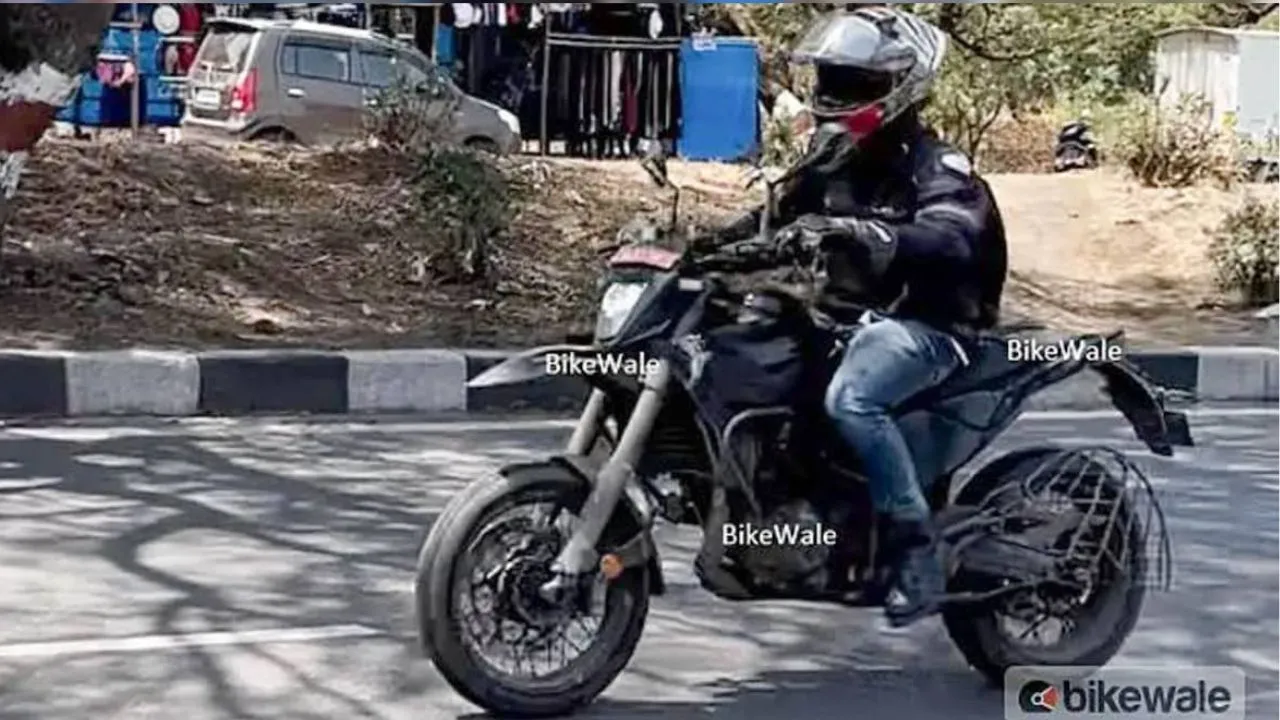
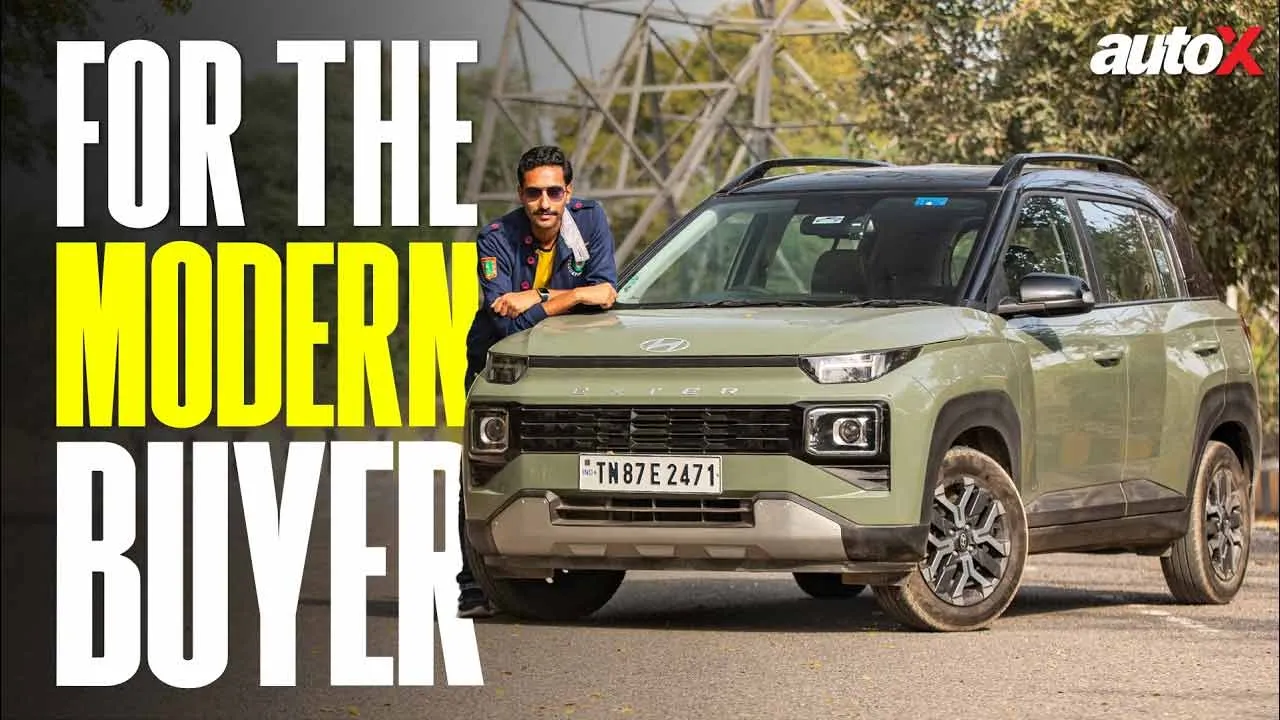
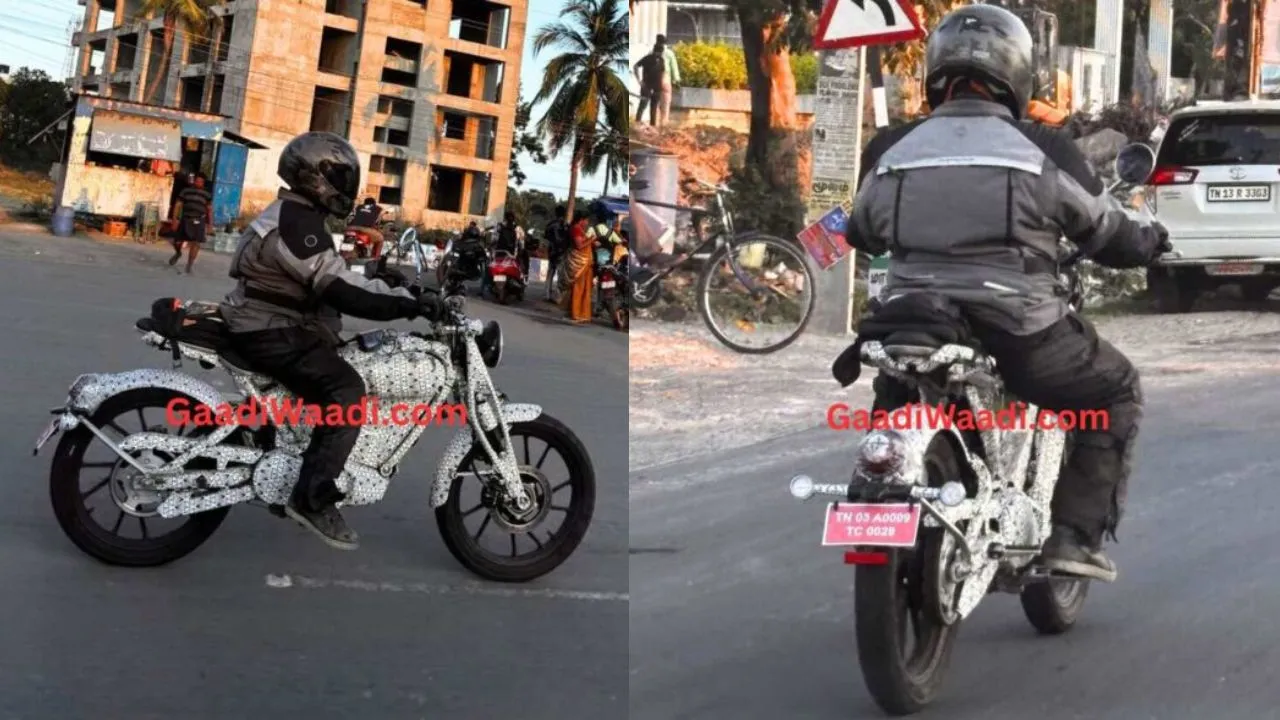

.webp)
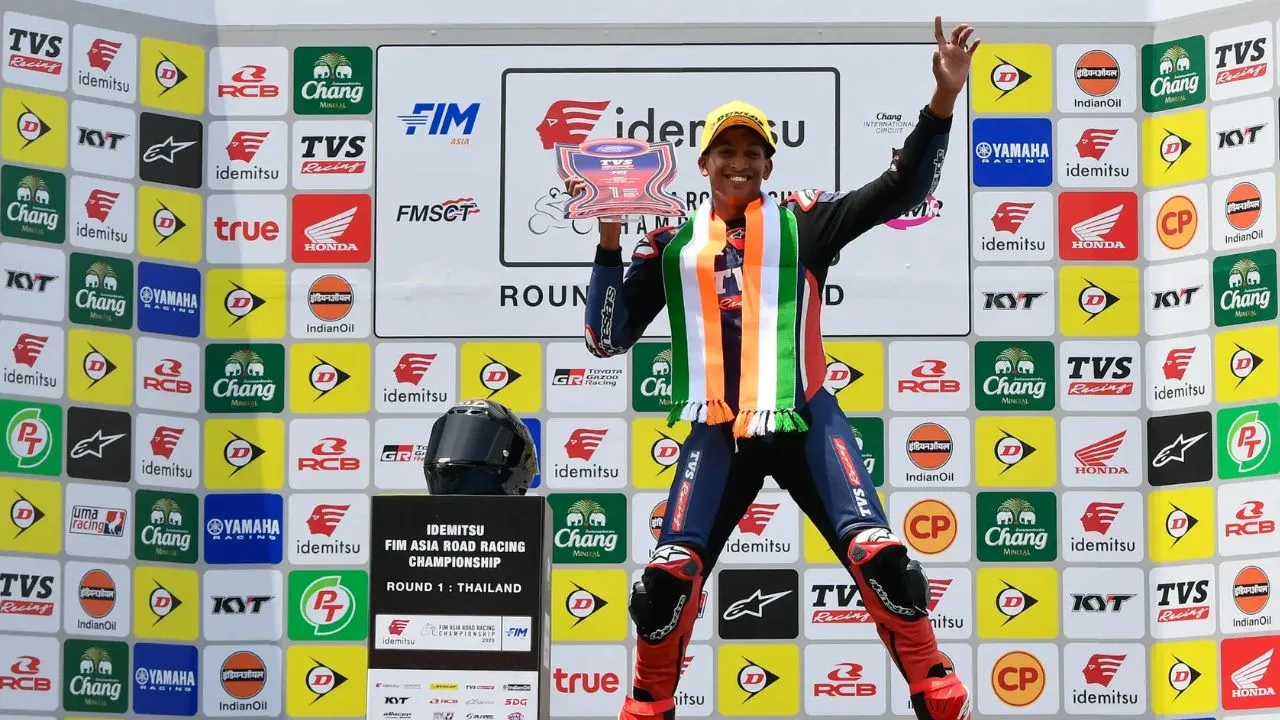



















Write your Comment on